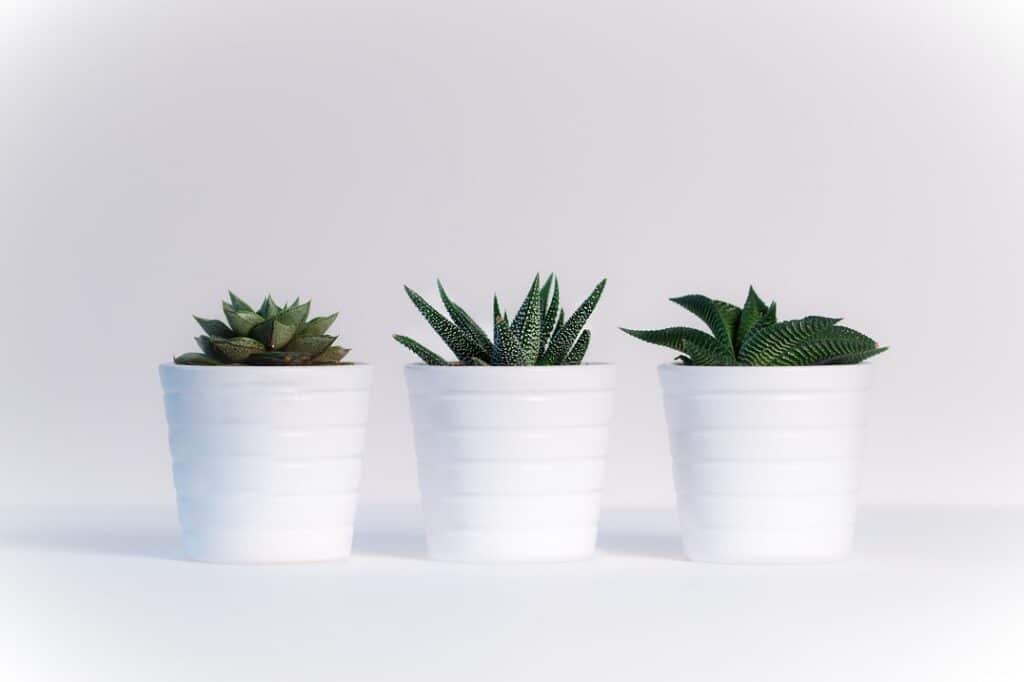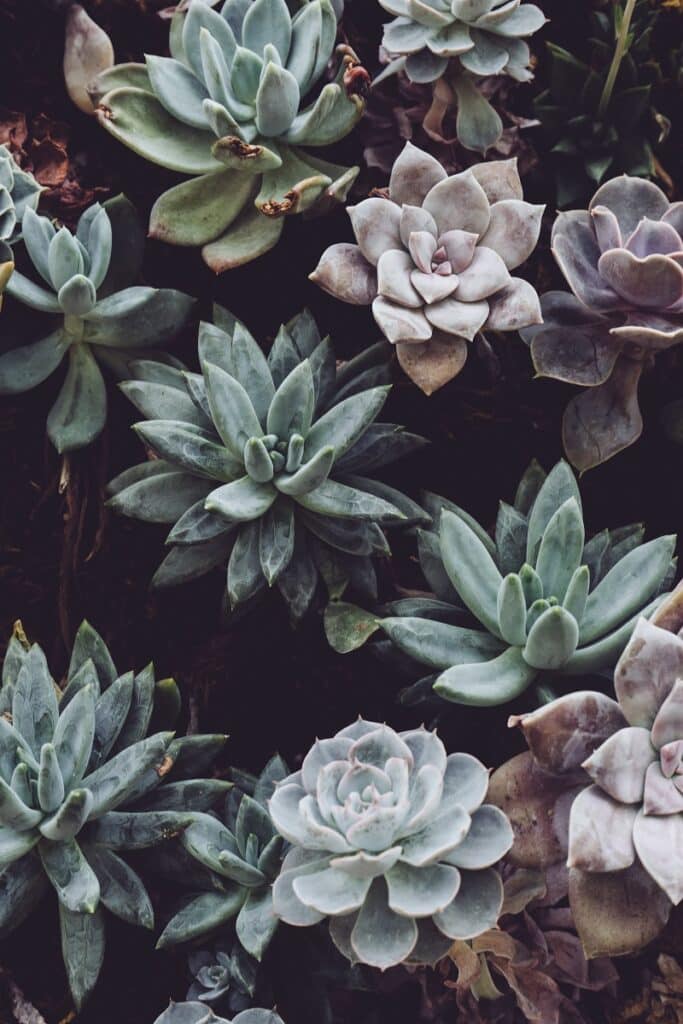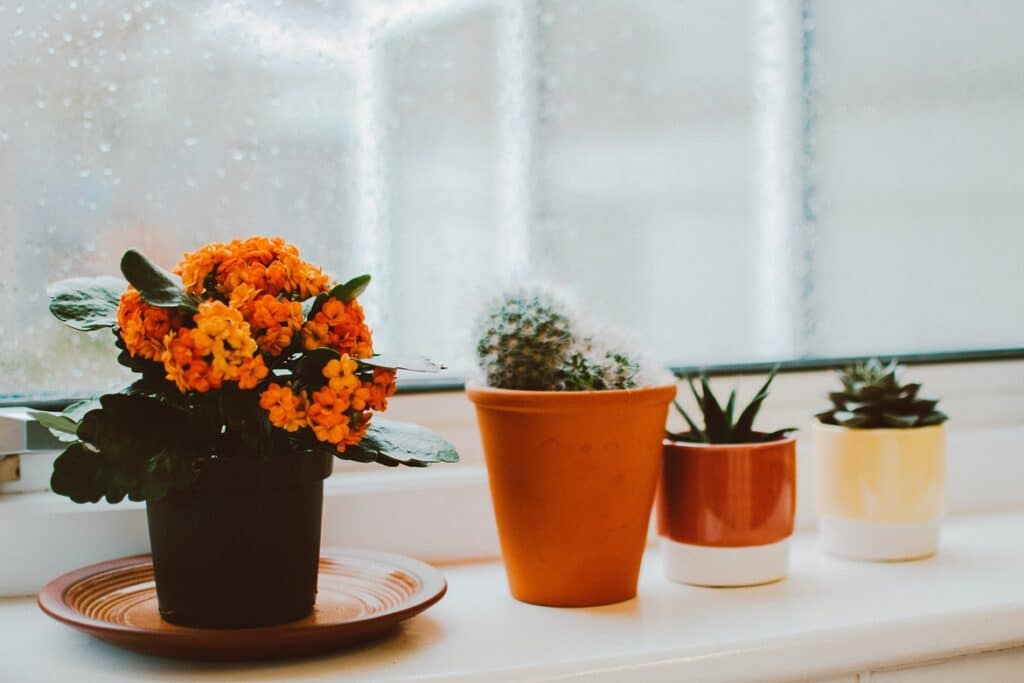So you’ve decided to add a touch of greenery to your home with a lucky bamboo plant. Congratulations! Now, as any plant parent knows, keeping your leafy friends happy and healthy requires a little bit of knowledge and care. One important aspect to consider is choosing the right fertilizer for your lucky bamboo plant. This article will guide you through the process of selecting the perfect fertilizer to ensure your plant thrives and brings good fortune into your space.

Types of Fertilizers
Organic Fertilizers
Natural sources, such as plant and animal byproducts, provide the foundation for organic fertilizers. These fertilizers release a variety of nutrients slowly as they break down. Compost, manure, fish emulsion, and seaweed extract are common examples of organic fertilizers preferred by environmentally-conscious gardeners. They choose them for their gentle impact on the soil and their non-contribution to water pollution.
Chemical Fertilizers
Manufacturers in a laboratory produce chemical fertilizers, also known as synthetic or inorganic fertilizers, and they comprise specific combinations of nutrients. These fertilizers, available in a granular or powdered form, deliver immediate and targeted nutrition to plants. However, they offer precise control over nutrient levels due to their higher concentration compared to organic fertilizers. Improper use of chemical fertilizers, however, can lead to negative effects on the environment.
Liquid Fertilizers
Liquid fertilizers, comprised of nutrients dissolved in water, are readily available for plants to absorb. Moreover, they are typically applied by mixing the fertilizer with water and then pouring or spraying it onto the soil or foliage. Liquid fertilizers have gained popularity among indoor gardeners due to their ease of application and ability to provide quick results. Additionally, they prove beneficial for plants facing poor soil conditions or experiencing nutrient deficiencies.
Granular Fertilizers
Comprising small pellets or granules, granular fertilizers are easily applied by sprinkling them onto the soil surface. These fertilizers gradually release nutrients as they dissolve or break down in the soil over time. Their convenience is particularly evident when tending to outdoor plants and covering large garden areas. Additionally, they offer a consistent and long-lasting source of nutrients, thereby minimizing the necessity for frequent applications.
Understanding the Nutrient Requirements
Nitrogen
Nitrogen is an essential nutrient for plant growth and is responsible for promoting leaf and stem development. It is particularly important for lucky bamboo plants as they primarily consist of foliage. Nitrogen deficiency can result in stunted growth and yellowing of leaves, while excessive nitrogen can lead to lush but weak growth. A balanced nitrogen level is crucial for maintaining healthy lucky bamboo plants.
Phosphorus
Phosphorus plays a crucial role in root development and overall plant health. It promotes flowering, fruiting, and seed production in plants. Lucky bamboo plants benefit from adequate phosphorus levels, as it supports strong root growth and helps the plant absorb other essential nutrients. A deficiency of phosphorus can result in slow growth and unhealthy, weak roots.
Potassium
Potassium, also referred to as potash, plays a crucial role in various plant functions. These functions include water and nutrient uptake, disease resistance, and overall plant vigor. Additionally, it aids in regulating water balance within the plant and enhances its tolerance to environmental stresses. For lucky bamboo plants, a sufficient supply of potassium is vital to sustain healthy growth and maintain vibrant green leaves. However, a deficiency in potassium can result in weak stems, yellowing leaves, and decreased resistance to pests and diseases.
Secondary Macronutrients
Lucky bamboo plants thrive when supplied with optimal amounts of secondary macronutrients, such as calcium, magnesium, and sulfur, which play crucial roles in their development and overall health. While these nutrients are needed in smaller quantities compared to primary macronutrients like nitrogen, phosphorus, and potassium, they remain essential. Calcium fortifies cell walls, magnesium is vital for chlorophyll synthesis, and sulfur supports protein formation. To promote the best growth, it’s crucial to maintain a sufficient supply of these secondary macronutrients.
Micronutrients
Micronutrients are essential elements that plants require in trace amounts. They include iron, manganese, zinc, copper, boron, molybdenum, and chlorine. These micronutrients play vital roles in various physiological processes, such as enzyme activation, energy production, and hormone synthesis. While lucky bamboo plants generally require small amounts of micronutrients, a deficiency in any of these elements can hinder their growth and overall health.

Consideration Factors
Plant Age and Growth Stage
Considering the age and growth stage of your lucky bamboo plant is crucial when selecting the appropriate fertilizer. For younger plants, opting for a fertilizer with higher nitrogen content is essential to support their rapid growth. On the other hand, more mature plants tend to benefit from a balanced mix of nutrients to maintain overall health and vitality. By understanding the specific needs of your lucky bamboo at different stages, you can ensure you provide the nourishment it requires.
Water Quality
The quality of the water you use for irrigation can impact the effectiveness of fertilizers. Water with high levels of minerals can affect nutrient uptake by the plant, potentially leading to nutrient deficiencies or toxicities. Testing your water’s pH and mineral content can help you make informed decisions about the type and amount of fertilizer to use. Adjusting the pH or treating the water, if necessary, can ensure optimal nutrient absorption by the lucky bamboo plant.
Container Size and Drainage
The size of the container and its drainage capabilities influence the frequency and amount of fertilizer needed. Smaller containers may require more frequent applications, as they hold less soil and nutrients. Additionally, containers with inadequate drainage can lead to waterlogging and nutrient imbalances. Choosing a well-draining container and monitoring the moisture levels in the soil will help prevent fertilizer-related issues.
Time of Year and Climate
The time of year and climate in your region can significantly impact the nutrient requirements of your lucky bamboo plant. Additionally, plants may exhibit varying growth rates and nutrient uptake during different seasons. Therefore, adjusting the fertilizer application accordingly is crucial to meet the plant’s changing needs. For instance, during the active growing season, when the plant demands more nutrients, you may need to increase fertilizer application.
Toxicity and Safety
When contemplating the use of any fertilizer, it is crucial to consider the potential toxicity and safety aspects. Misuse of certain chemical fertilizers has the potential to harm humans, pets, or the environment. Therefore, it is essential to take precautionary steps, such as carefully reading and following the manufacturer’s instructions for proper handling, storage, and application. While organic fertilizers are generally considered safe, it is advisable to use them in moderation. This approach helps prevent excessive nutrient buildup or the risk of nutrient imbalances, ensuring a responsible and sustainable fertilization practice.
Common Fertilizer Brands
Brand A
Brand A offers a diverse range of organic and chemical fertilizers tailored for lucky bamboo plants, featuring balanced nutrient ratios and high-quality ingredients. The company customizes fertilizer options based on specific plant types, growth stages, and container sizes.
Brand B
Brand B specializes in crafting liquid fertilizers that boast quick absorption and deliver fast results. We formulate our products with a precise blend of nutrients, ensuring an effective and efficient solution for your plants. Our fertilizers are easy to apply, and we offer a range of formulations tailored to different plant types and growth environments.
Brand C
Brand C’s granular fertilizers, renowned for outdoor gardening, deliver long-lasting nutrition to plants with their slow-release formulations, minimizing the necessity for frequent applications. These products cater to a diverse array of plants, including lucky bamboo.
Brand D
Brand D offers a selection of organic fertilizers made from natural ingredients. They pride themselves on eco-friendly practices and sustainable sourcing. Their products are suitable for both indoor and outdoor plants and are free from synthetic additives or harmful chemicals.
Brand E
Brand E specializes in chemical fertilizers that provide targeted and rapid nutrition to plants. Their products are available in various forms, including water-soluble and controlled-release options. They offer a wide range of NPK ratios, allowing for precise nutrient customization for lucky bamboo plants.

Choosing the Right NPK Ratio
Understanding NPK Ratios
NPK ratios, indicating the proportion of nitrogen (N), phosphorus (P), and potassium (K) in a fertilizer product, are crucial for plant care. These numerical values represent the percentage of each nutrient, respectively. Understanding NPK ratios becomes particularly important when considering the specific nutrient needs of your lucky bamboo plant. Transitioning to different growth stages and plant types, you’ll find that varying ratios of these essential nutrients are required.
NPK Ratio for Lucky Bamboo
For lucky bamboo plants, a balanced NPK ratio, such as 10-10-10 or 20-20-20, is often recommended. This balanced blend ensures that the plant receives adequate amounts of nitrogen, phosphorus, and potassium for overall growth and health. However, it is essential to consider other factors, such as the specific growth stage and overall plant condition, when selecting the right NPK ratio.
Considering Growth Stage
During the initial growth stages, lucky bamboo plants benefit from a higher nitrogen content (represented by the first number in the NPK ratio). Nitrogen promotes foliage development and supports the plant’s establishment. As the plant matures, a more balanced ratio becomes suitable to maintain the overall health of the lucky bamboo.
Organic Fertilizers for Lucky Bamboo
Fish Emulsion
Fish emulsion is a popular organic fertilizer made from decomposed fish. It is rich in nitrogen, phosphorus, and trace minerals, making it beneficial for lucky bamboo plants. Fish emulsion is usually available in liquid form and can be diluted with water for easy application. It provides a slow-release source of nutrients, allowing for consistent nourishment and overall plant health.
Seaweed Extract
Seaweed extract fertilizers are derived from seaweed or kelp and contain an array of beneficial trace elements, amino acids, and growth-promoting hormones. They enhance root development, increase nutrient uptake, and improve overall plant health. Seaweed extract can be applied as a foliar spray or added to the soil, providing lucky bamboo plants with essential nutrients while boosting their natural defense mechanisms.
Compost Tea
Compost tea, a nutrient-rich liquid fertilizer, is crafted by steeping compost in water. Enriched with a variety of beneficial microorganisms and minerals, this concoction promotes not only healthy soil but also robust plant growth. Lucky bamboo plants, in particular, benefit from the slow-release source of nutrients that compost tea offers when applied to the soil or foliage. This application not only nourishes the plants but also contributes to enhancing overall soil fertility.
Manure-based Fertilizers
Manure-based fertilizers, such as composted chicken or cow manure, are natural and nutrient-rich options for lucky bamboo plants. They provide a slow-release source of nitrogen, phosphorus, and potassium, along with beneficial organic matter. Manure-based fertilizers should be well composted before use to prevent potential nutrient imbalances or the risk of pathogens.
Chemical Fertilizers for Lucky Bamboo
Water-Soluble Fertilizers
Water-soluble fertilizers are highly concentrated and dissolve easily in water, making them suitable for quick nutrient uptake by lucky bamboo plants. They are available in various NPK ratios, allowing for precise nutrient customization based on the plant’s needs. Water-soluble fertilizers can be applied directly to the soil or as a foliar spray, providing immediate nourishment to the plant.
Controlled-Release Fertilizers
Controlled-release fertilizers, crafted for a gradual nutrient release over an extended period, offer a consistent source of nutrition for lucky bamboo plants. These fertilizers feature coated granules that break down slowly, releasing nutrients in response to temperature and moisture conditions. As a convenient option for outdoor plants, controlled-release fertilizers also diminish the need for frequent fertilization.
Slow-Release Fertilizers
Slow-release fertilizers are similar to controlled-release fertilizers, but they typically release nutrients at a slower rate. These fertilizers provide a consistent source of nutrients over a more extended period, reducing the need for frequent applications. Slow-release fertilizers are beneficial for lucky bamboo plants that require a balanced supply of nutrients and can be applied to the soil surface.
Applying Fertilizers
Frequency and Timing
The frequency and timing of fertilizer application depend on various factors, including the type of fertilizer used, growth stage of the lucky bamboo plant, and environmental conditions. It is generally recommended to fertilize lucky bamboo plants every 2-4 weeks during the growing season, reducing or stopping fertilization in the dormant period. Observing the plant’s response and adjusting the frequency as needed is important to prevent overfertilization.
Dosage and Concentration
The dosage and concentration of fertilizers depend on the specific product and the manufacturer’s instructions. It is important to carefully measure and mix the fertilizer according to the recommended dosage. Overdosing can lead to nutrient imbalances or even damage the plant, while underdosing may result in nutrient deficiencies. Following the instructions closely will help ensure the optimal nutrient supply for your lucky bamboo plant.
Different Application Methods
Fertilizers can be applied to lucky bamboo plants through various methods, including soil drenching, foliar spraying, or placing the fertilizer directly in the soil. Soil drenching involves pouring the diluted fertilizer solution directly onto the soil around the plant. Foliar spraying involves misting the fertilizer solution onto the leaves and stems of the plant. Placing the fertilizer in the soil involves burying controlled-release or slow-release fertilizers in the soil near the lucky bamboo.
Fertilizing Lucky Bamboo in Different Settings
Indoor Settings
In indoor settings, lucky bamboo plants rely heavily on the provided potting soil and available nutrients. Regular fertilization is crucial to replenish the nutrients that may get depleted over time due to limited soil volume. Indoor lucky bamboo plants can benefit from liquid fertilizers or slow-release granules applied directly to the soil. It is important to monitor the plant’s response and adjust the fertilization schedule as necessary.
Outdoor Settings
Outdoor lucky bamboo plants may have access to natural nutrients present in the soil. However, regular fertilization is still necessary to ensure optimum growth and health. The choice of fertilizer will depend on the specific nutrient needs of the plant and the soil conditions. Granular or slow-release fertilizers are commonly used in outdoor settings, providing long-lasting nutrition and reducing the need for frequent applications.
Lucky Bamboo in Water
Lucky bamboo grown in water requires a different fertilization approach compared to soil-grown plants. The key is to provide a balanced nutrient solution that replaces the natural nutrients found in the soil. Water-soluble fertilizers are a popular choice for lucky bamboo in water, as they can be easily dissolved in the water and absorbed by the plants. It is important to dilute the fertilizer properly and monitor the water quality regularly to maintain optimal nutrient levels.
Signs of Overfertilization and Underfertilization
Excessive Growth and Yellowing Leaves
Overfertilization can lead to excessive growth, often characterized by elongated and weak stems. Lucky bamboo plants may appear lush but weak, with leaves turning yellow or developing burnt edges. This indicates an imbalance of nutrients, especially an excess of nitrogen. Adjusting the fertilization schedule and reducing the dosage can help correct the issue.
Stunted Growth and Pale Leaves
Underfertilization can result in stunted growth and pale or yellowing leaves. Lucky bamboo plants lacking essential nutrients may have weak stems and smaller leaf sizes. These symptoms usually indicate a nutrient deficiency, such as nitrogen, phosphorus, or potassium. Adjusting the fertilizer dosage and ensuring regular, balanced fertilization can help promote healthy growth.
Root Rot and Fertilizer Burn
Overfertilization or improper application of fertilizers can lead to root rot or fertilizer burn. Root rot occurs when the roots are constantly exposed to excess moisture, often caused by overwatering or poor drainage. Fertilizer burn occurs when fertilizers are applied at high concentrations or directly onto the foliage, resulting in leaf discoloration, wilting, or even plant death. Proper watering practices and careful application of fertilizers can prevent these issues.
By having a thorough understanding of the different types of fertilizers available, the nutrient requirements of lucky bamboo plants, and the various factors to consider, you can select the right fertilizer and effectively nourish your lucky bamboo. Remember to monitor your plants closely and adjust fertilization practices as needed to maintain their optimal health and vitality. With proper care, your lucky bamboo can thrive and bring beauty to your home or garden for years to come.




